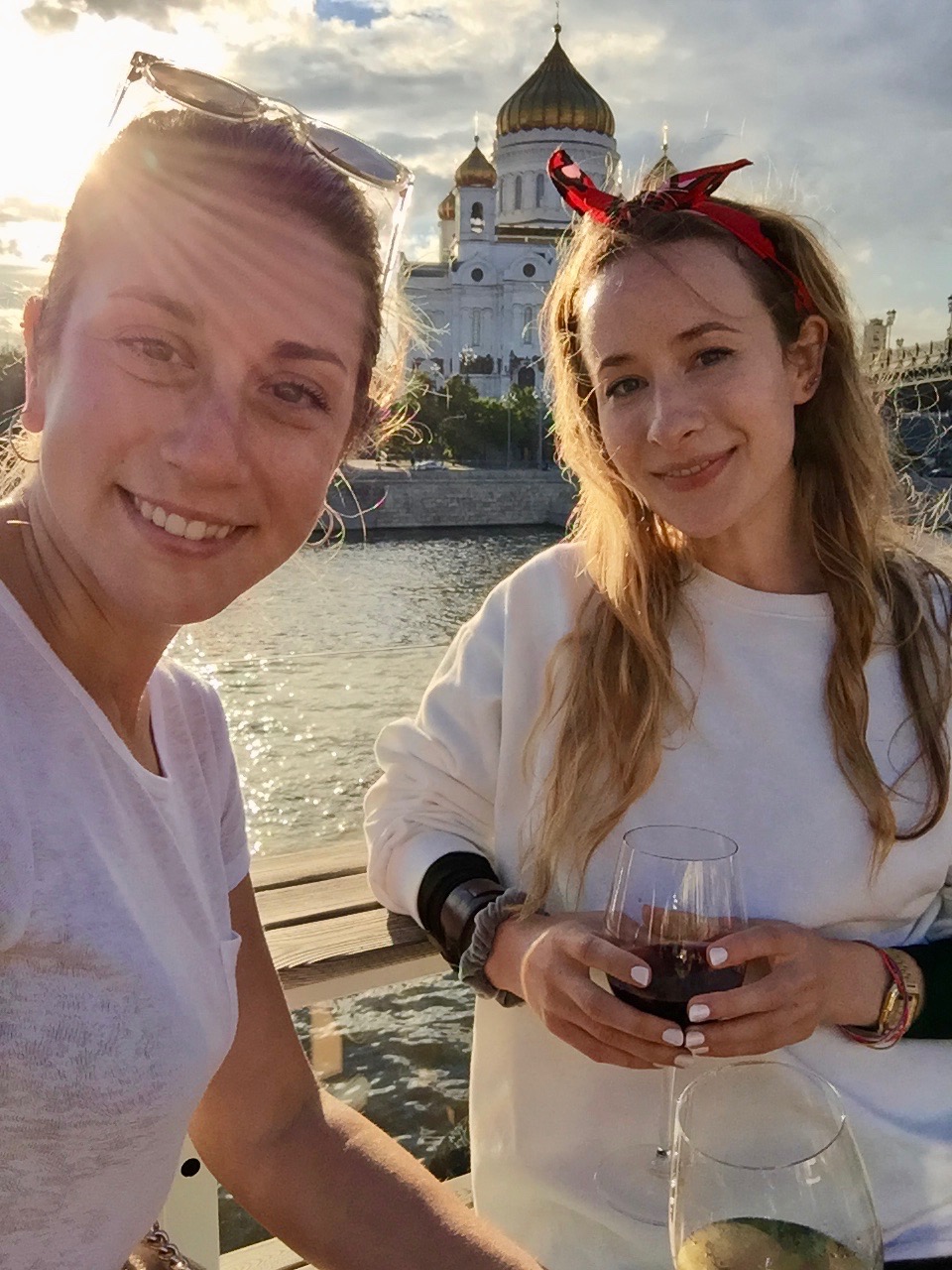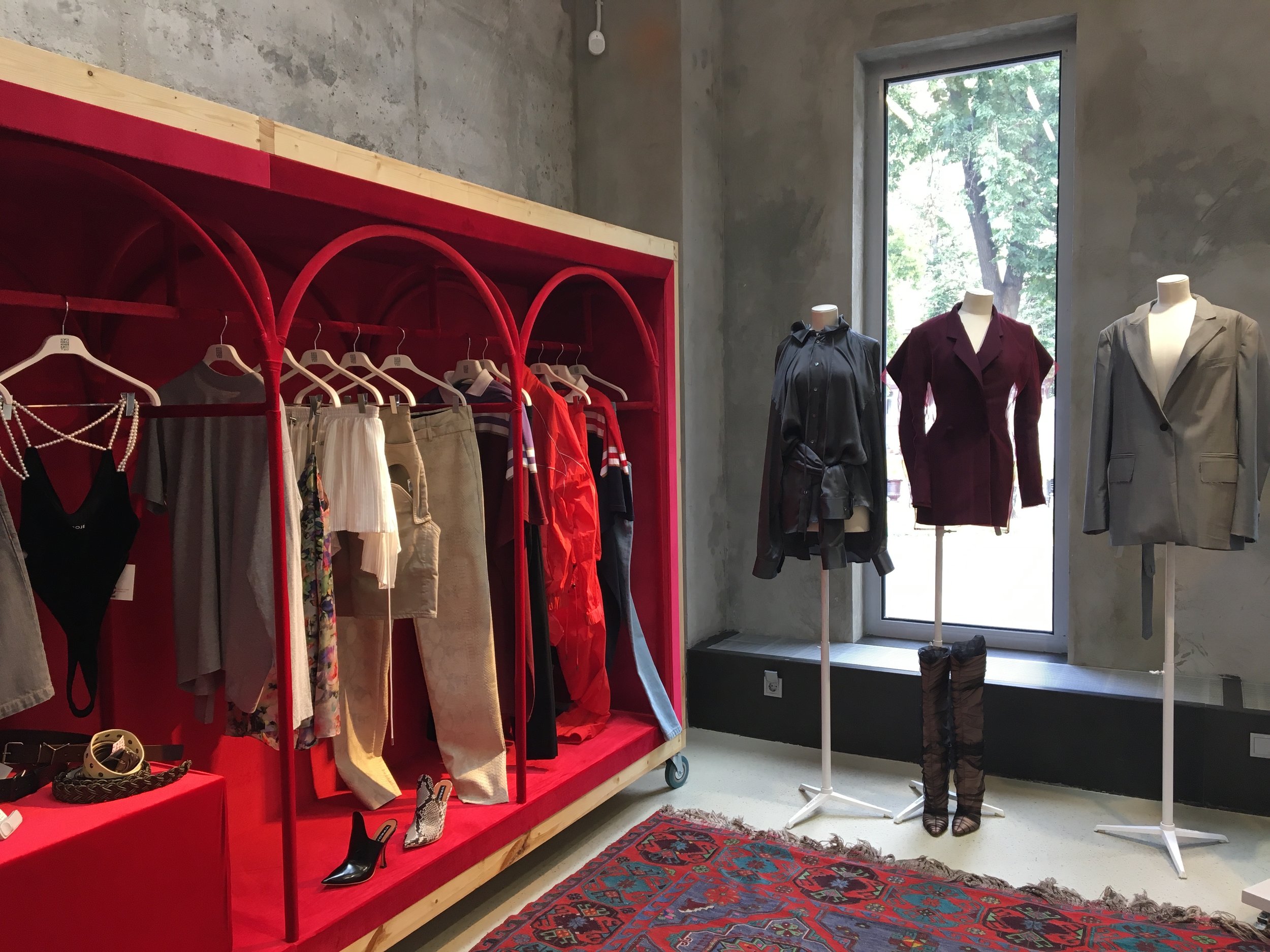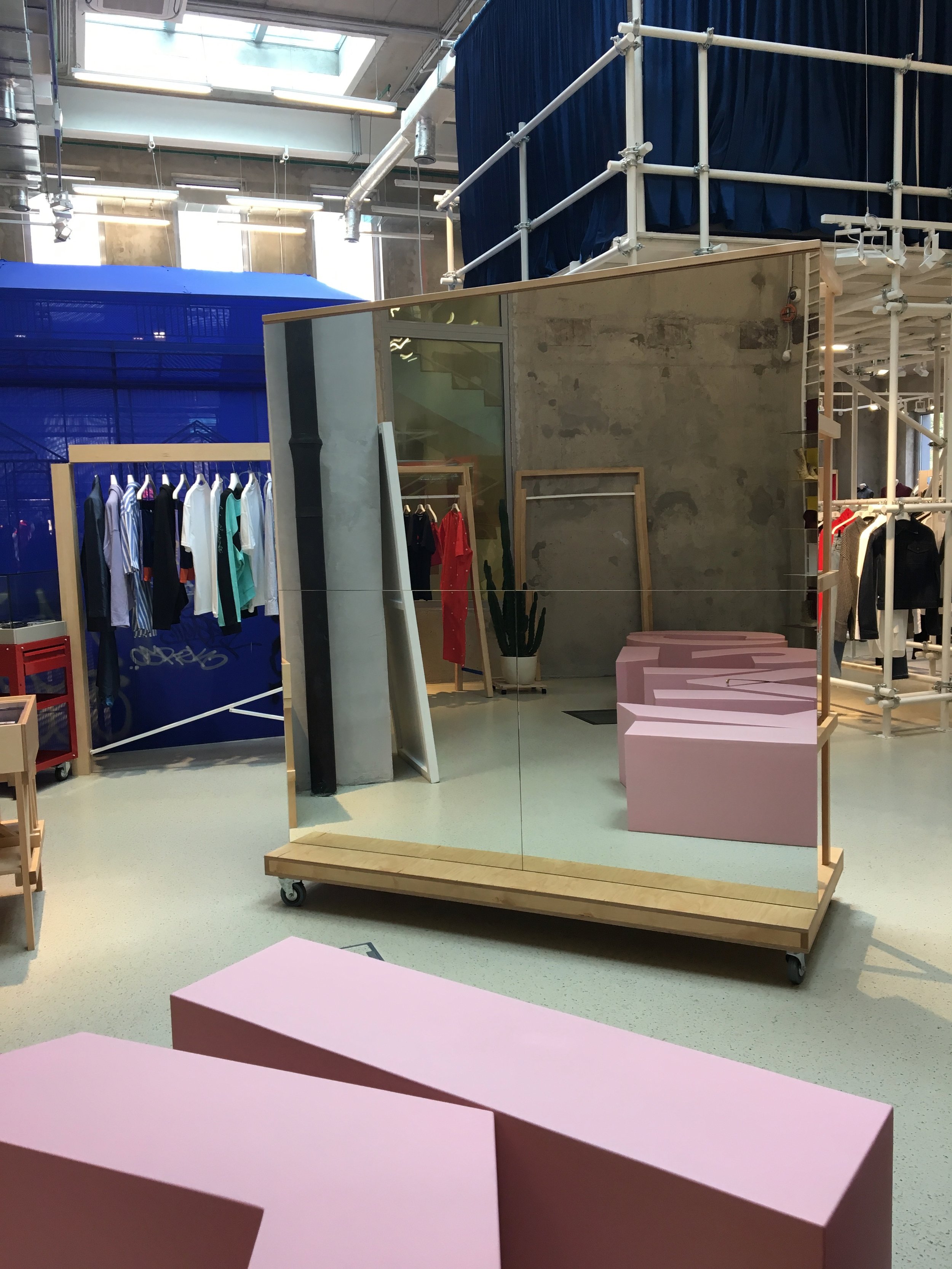by Eileen Le Guillou
Three friends and I found ourselves craving adventure and decided to carve out a couple of weeks from our routines to embark on the Trans Siberian Route. To our surprise, the world cup had picked the same destination and the same timeframe! Our fantasy railroad journey was interrupted, but a few flight bookings later and our itinerary was back on track to Moscow, Olkhon Island in Siberia, and Ulaanbataar, Mongolia.
I thought I knew exactly what to expect in Moscow - a culture and norms that would surely feel in stark contrast to what I was familiar with; a newly developed city in strange juxtaposition to cheap, ugly communist era building, a cold un-American welcome. To my surprise, I was wrong on all fronts.
Moscow resembled a modern, elegant European city - all of the amenities and attention to culture of a Paris or a London and surpassing them in categories of cleanliness and thoughtful urban planning. We soon learned that incredible investment had been put into curating and rebuilding the city to its former glory. Most importantly, we were met with respectful but curious, open arms. Questions like "Was it true that Americans were scared to come to Russia?", "Did we really think bears roamed a barbaric capital?" left us wondering who had started such propaganda...
The most impressive example of the commitment to restoring the past - to righting the failed experiments of the 20th century- was the rebuilding of the Cathedral along the Moscow river. Originally built in the 19th century and taking over 40 years to construct, it was bombed and destroyed in 1931 under the order of Stalin. Marking the end of the Soviet Union, it was rebuilt in 1995 - in five years without materials or attention to detail spared.
Interestingly, I learned that Soviet architecture can actually be divided into several categories. Before the mass production of pre-fabricated, industrialized housing and lack of artistic imagination - began in the 1950s - that we so typically associate with communism, Constructivist and Stalinist architecture were categorized by advanced technology, careful aesthetics, and social purpose. Pre-Khrushchev, there exist incredible structures - such as at the public library - attributed to the communist era. In our photo shown below we are channeling the sombre intensity of Dostoyevsky :)
Of course, for me, the adventure wouldn't have been complete without exploring the food, fashion and art.
I ate more beets than I can fathom and had the best meal of my life for 1/4 of the price of a NYC dinner. Pictured here - delectable and unexplainable sauces, vegetables and cheeses with beet "ice cream".
KM20 is a smart concept store reminiscent of a Dover Street Market.
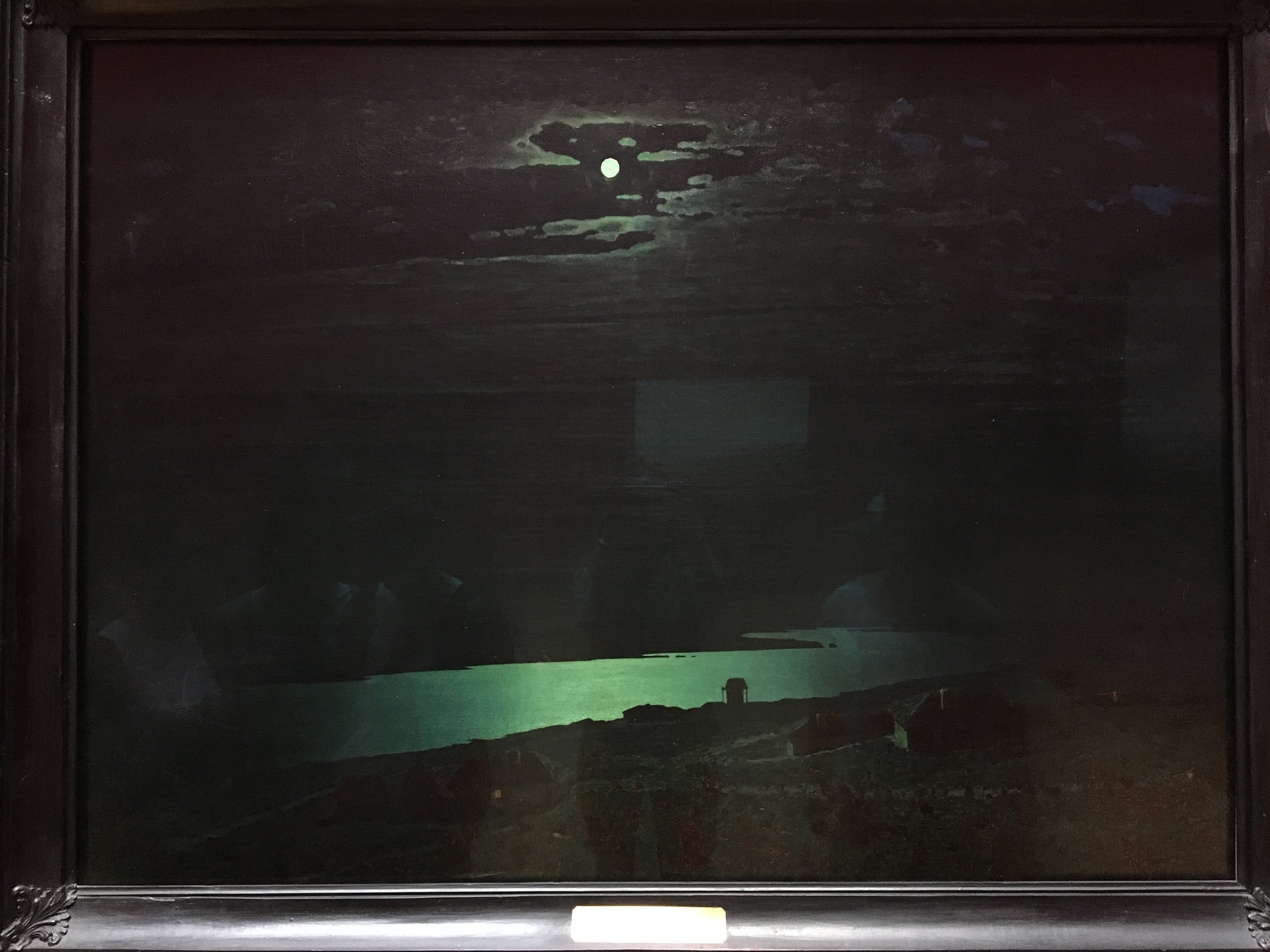
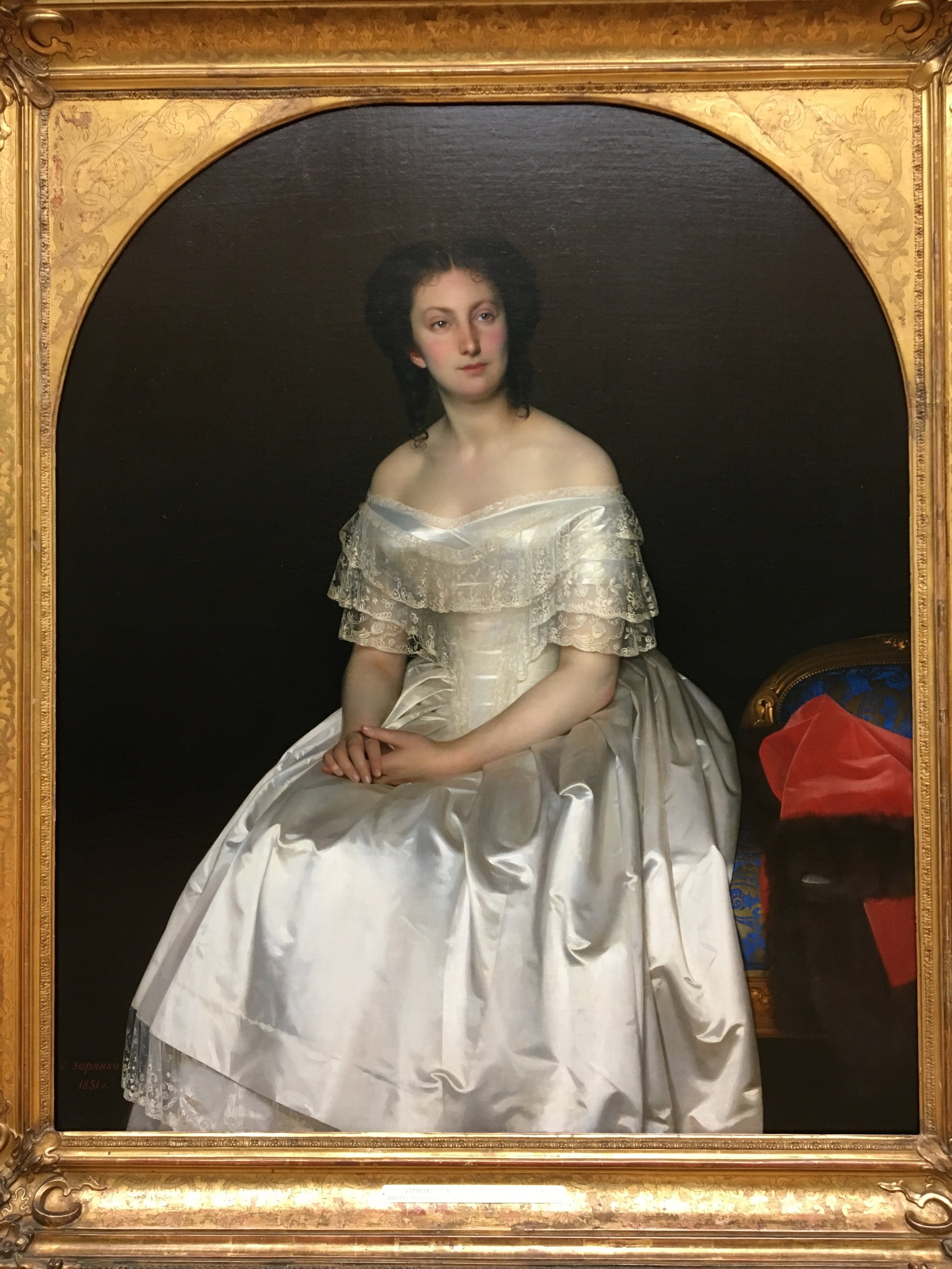




Oh, the art!
Never before have I seen such vivid, detailed, emotional paintings. I rarely keep my pictures of paintings, but these I feel compelled to treasure. Even when I look at them now they are awe-inspiring. The glowing MOOD of image 1, the DRESS in image 2, the relatable AURA of image 3, the SKY of image 4, play with LIGHT of 5, INNOCENCE of 6! I visited on the last day, but I wish I had gone on the first - a gallery like the Tretyakov serves as a reminder of why we become enchanted by art and how art can help us understand an experience outside of - but no far from - our own.
Next up: Lake Olkhon in Siberia and Ulaanbaatar, Mongolia.





